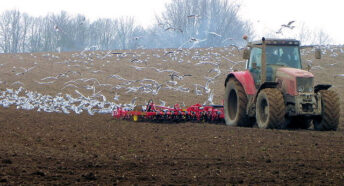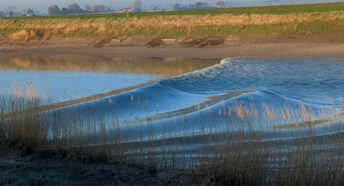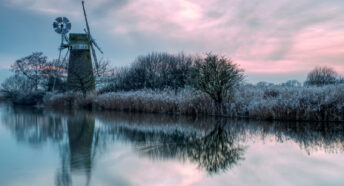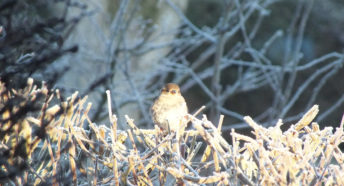Flotsam and jetsam on the River Ouse
On my morning walks with my labrador along the banks of the River Ouse, we often find all sorts of objects washed up from high tides.
A particularly large swell recently brought in some unusual finds – from the usual plastic bottles to a hay bale bobbing in the water!
For my lab, every discovery seems like a prize, and she’s always thrilled to retrieve things from the river. But as I reflect on the debris she finds; I’m often struck by the presence of items that don’t belong.
Seeing so many human-made objects caught in the reeds led me to wonder about the story behind each item and what they represent. Are they flotsam or jetsam? And what’s the difference?
What’s the difference?
The terms flotsam and jetsam have their roots in maritime history, where they defined different types of debris in the water:
Flotsam
This term is used for items that unintentionally end up in the water. For example, if a ship is damaged and parts of it break off and drift away, these items are considered flotsam. They’re essentially remnants of shipwrecks or accidents, still legally owned by whoever owns the ship. So, the next time you see debris that has been unintentionally lost to the river or sea, you’re probably looking at flotsam.

Jetsam
On the other hand, this term describes objects deliberately thrown overboard, often to lighten a ship’s load in an emergency. Once jettisoned, these items become legally ownerless and are usually abandoned. Historically, jetsam was an effort to save a ship in distress, making it a last-resort tactic by sailors.
In Norfolk’s rivers, however, many of these finds aren’t from maritime accidents but are the result of modern waste, including plastic bottles, cans, and even footballs – things my lab is always excited to find but that ultimately don’t belong in our waterways.
While the terms flotsam and jetsam may have started with sailors, they now help us describe the environmental challenges we face as pollution increasingly impacts natural habitats.
The impact on local wildlife
While some items in the water may be naturally occurring, like driftwood, much of what we find on the banks of the Ouse has environmental consequences. Plastics, for instance, take hundreds of years to break down, posing a persistent threat to birds, fish, and other wildlife. Animals may ingest or become entangled in these items, leading to injuries or even death.

Small steps for big change
Each time we’re out, I bring a bag to collect litter along the way. It’s a small act, but every piece of litter removed helps create a safer, cleaner environment. Simple actions like these allow us all to enjoy Norfolk’s beautiful riversides while contributing to their preservation.
Whether it’s removing plastic or simply appreciating the beauty of the natural world, we each have a role in protecting Norfolk’s landscapes. So next time you’re near the water, take a moment to look at what’s washed up – and maybe even bring a bag to help keep our rivers and fields clean.
If you’re interested in learning more about flotsam and jetsam or want tips on reducing pollution in local rivers, keep an eye out for future posts or check out CPRE Norfolk’s cleaner countryside resources.









